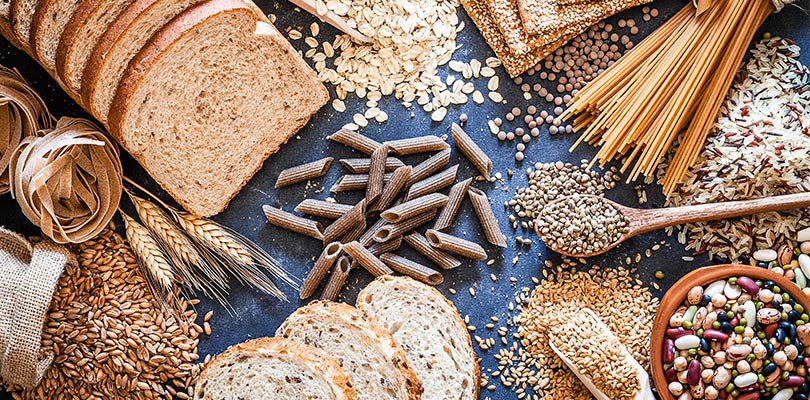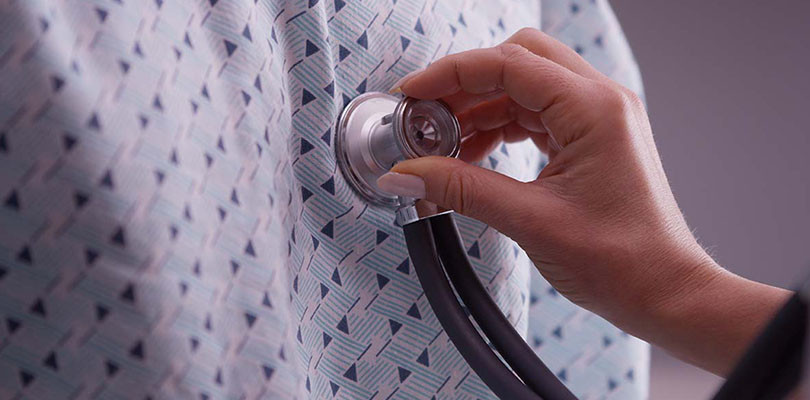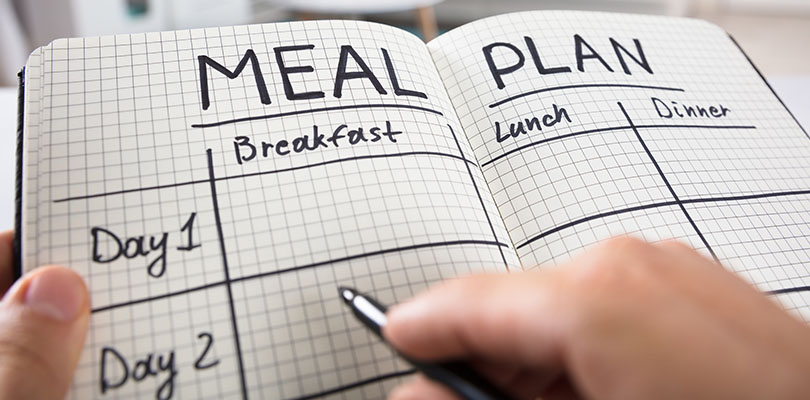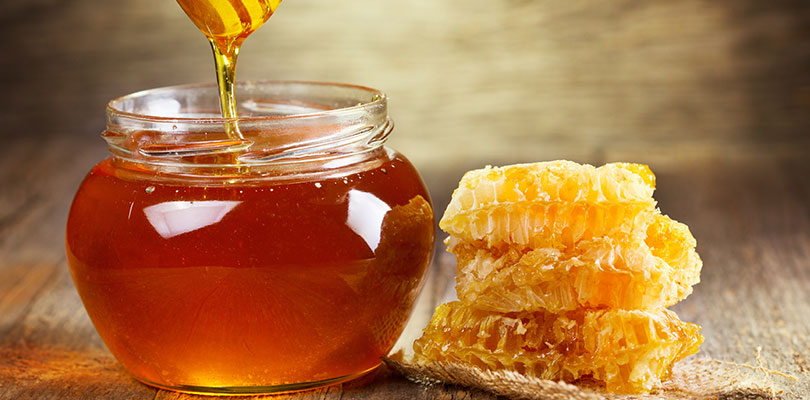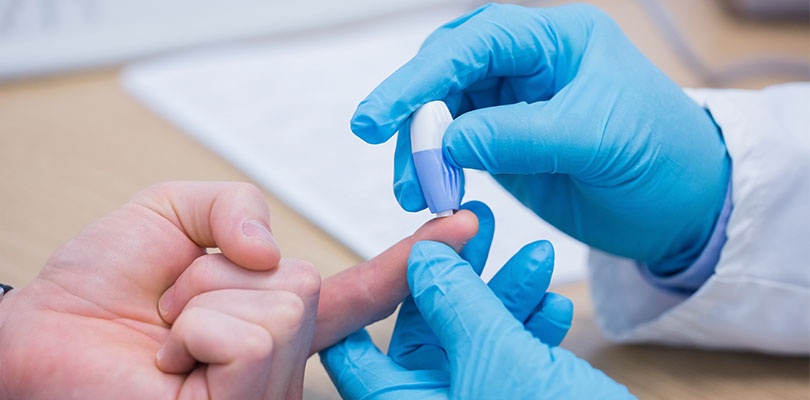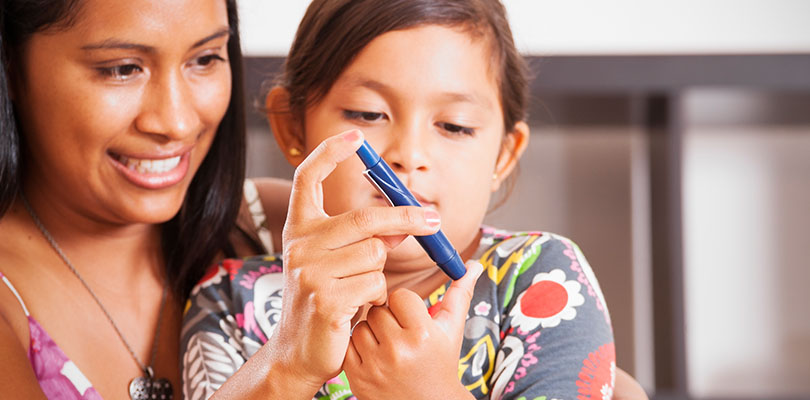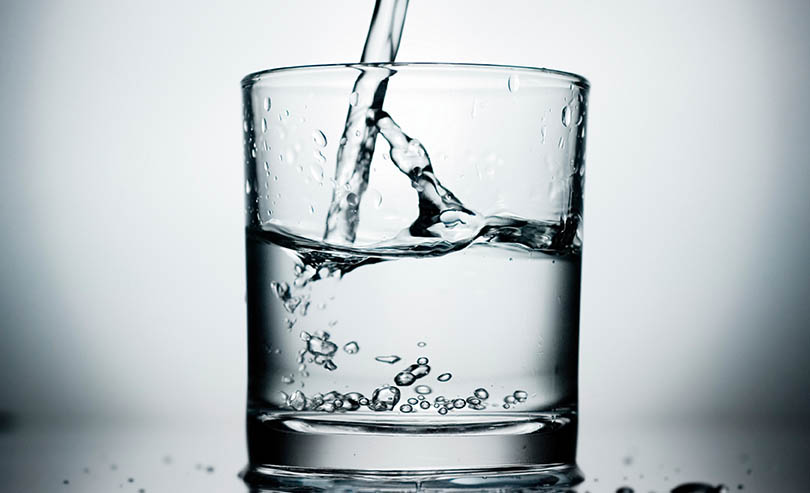Carbs for Diabetics
Carbohydrates, or carbs for short, are the main source of energy in our diets. In the body, carbs are broken down into glucose, a simple sugar that is used to power cells. However, for cells to use glucose for energy, they require insulin, a hormone that is produced by the pancreas.
People with diabetes are either unable to produce enough insulin or else their cells become resistant to its effects. This situation leads to too much glucose building up in the blood stream, an issue usually referred to as high blood sugar.
High blood sugar is responsible for many of the serious complications associated with diabetes such as damaged nerves and blood vessels. This is why it is essential that people with diabetes are aware of the effects of carbs on their bodies, and that they monitor their intake of them carefully.
Let’s take a closer look at the relationship between diabetes and carbs, and some of the best (and worst) carbs for diabetics.
Diabetes and Carbs
Since diabetics either cannot make enough insulin or their cells cannot use it effectively, they need to control their blood sugar in an alternative way. This could mean taking anti-diabetic medication or injecting insulin, but diet also plays an important role.
One of the most important nutrients for diabetics to pay attention to is carbohydrates. Everybody needs carbs to give them energy, but diabetics must take extra care. People with diabetes do not need to cut out carbs completely. However, if you are diabetic and eat too many or the wrong type of carbs, your blood sugar could become excessively high and cause complications down the line.
It's especially important to know your carbs if you are using insulin to control your diabetes. This will allow you to adjust your dose accordingly and avoid becoming hyper or hypoglycemic. If you use a set dose of insulin twice a day, you can keep your blood sugar stable by eating similar amounts of carbs at similar times every day. If you use an insulin pump and can adjust your dose, you may need to learn how to "count carbs."
How to Count Carbs for Diabetics
Counting carbs simply means knowing how many carbs are in your food and adjusting your portion size accordingly. Knowing how many carbs you have eaten will also allow you to adjust your insulin dosage if you consume more or less than usual.
The first step toward counting carbs is knowing which foods contain carbohydrates. You might immediately associate carbs with starchy foods such as bread, pasta and potatoes. However, carbs are also found in fruit and vegetables, grains, dairy products, candy and desserts.
When you eat carbohydrate-containing food, you should check the label to find out exactly how many carbs it has. Be sure to pay attention to the serving size, and weigh or measure out your portion to match.
For example, if a slice of bread contains 13 grams of carbs and you eat two slices, you will need to double the number of carbohydrates to 26 grams. If 100 grams of Greek yogurt contains 12 grams of carbs and you eat 150 grams, you will need to multiply 12 grams by 1.5, giving a total 18 grams of carbs.
If you are eating fresh foods that do not come with nutritional labels, you can check their carbohydrate content using resources such as the USDA Food Composition Database.
How Many Carbs Should Diabetics Eat?
Unfortunately, there is no straightforward answer to the question of how many carbs diabetics should eat. Everybody is different and your nutritional needs depend on many factors such as age, body weight and activity levels. How many carbs you require will also depend on whether you are trying to lose weight or maintain your current body mass index (BMI).
You can discuss how many carbs you should be eating with your physician or another health care professional. They will give you advice based on your individual needs, which can be assessed using your daily blood glucose readings.
This is why it is vital that you check your blood sugar both before and one to two hours after eating food and make a note of the results. Your physician can use this information to assess how well your body is processing carbs and how many you should be eating every day.
Heart disease is a common complication in diabetics. Read on to learn more about how diabetes affects the heart and ways to reduce your heart disease risk.
What Are Good Carbs for Diabetics?
There are different types of carbs and some are good for diabetics while others are bad. The best carbs for diabetics are those that come from natural sources such as whole grains, pulses, vegetables and certain fruits.
It is best if carbs are combined with some soluble fiber, which helps keep blood sugar under control.
Some especially good carbs for diabetics include:
- Whole grains, e.g. brown rice, quinoa, barley, oats
- Wholemeal bread
- Wholemeal pasta
- Starchy vegetables with skin, e.g. potatoes, sweet potatoes, squash
- Peas, beans and lentils
- Fruit with skin, e.g. apples, peaches, plums
- Low-sugar fruit, e.g. berries
- Nuts and seeds
- Low-fat, low-sugar dairy products, e.g. natural yogurt, cottage cheese
What Are Bad Carbs for Diabetics?
The worst carbs for diabetics are foods that contain a lot of sugar but have little other nutritional value. These foods can provide you with a quick hit of energy, but they also cause blood sugar to rise quickly without providing your body with the other nutrients it needs.
Some especially bad carbs for diabetics include:
- Sweet drinks, e.g. sweet tea, fruit juice, soda
- Alcohol
- Chocolate
- Candy
- Cakes and desserts
- French fries
- Potato chips
- Popcorn
- Pretzels
- Hidden sugars, e.g. malt syrup, corn syrup, agave, maltose, fructose, lactose
If you are diabetic, you do not need to cut these foods out completely from your diet. However, they should be reserved for occasional treats, allowing you to get the bulk of your carbs from healthy sources. Talk to your physician or dietitian before making any major dietary changes.
